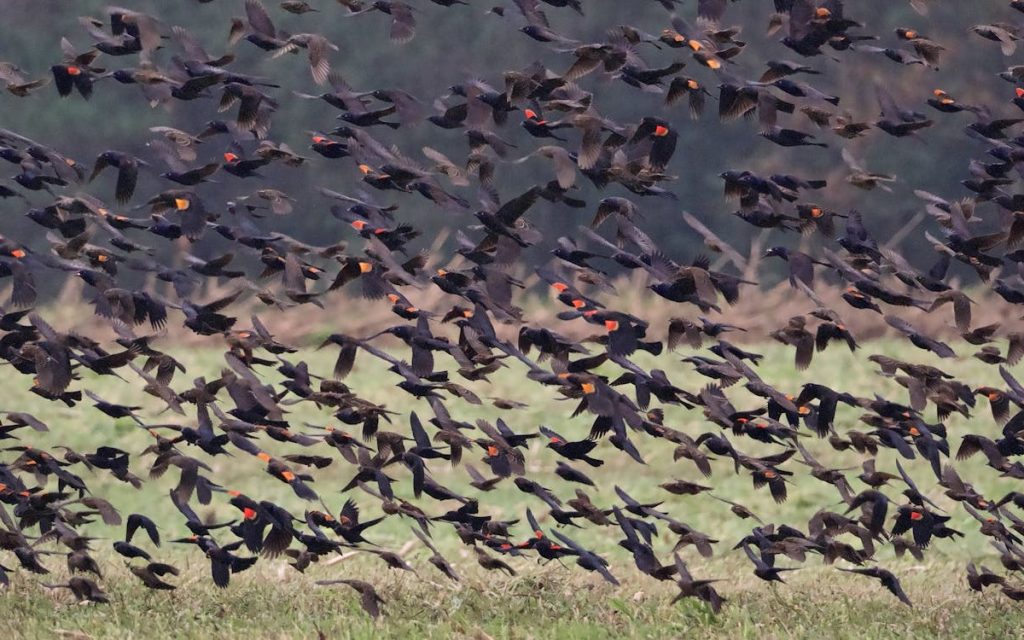
Traveling across South America gives an incredible chance to experience thriving ecosystems filled with unique animals. However, tourism can either help or harm these fragile environments depending on how responsibly it’s done. Supporting wildlife preservation doesn’t require major sacrifice, just mindful choices. By focusing on ethical travel practices, you can ensure your visit contributes positively to the continent’s extraordinary biodiversity instead of disrupting it.
Choose Eco-Certified Tours
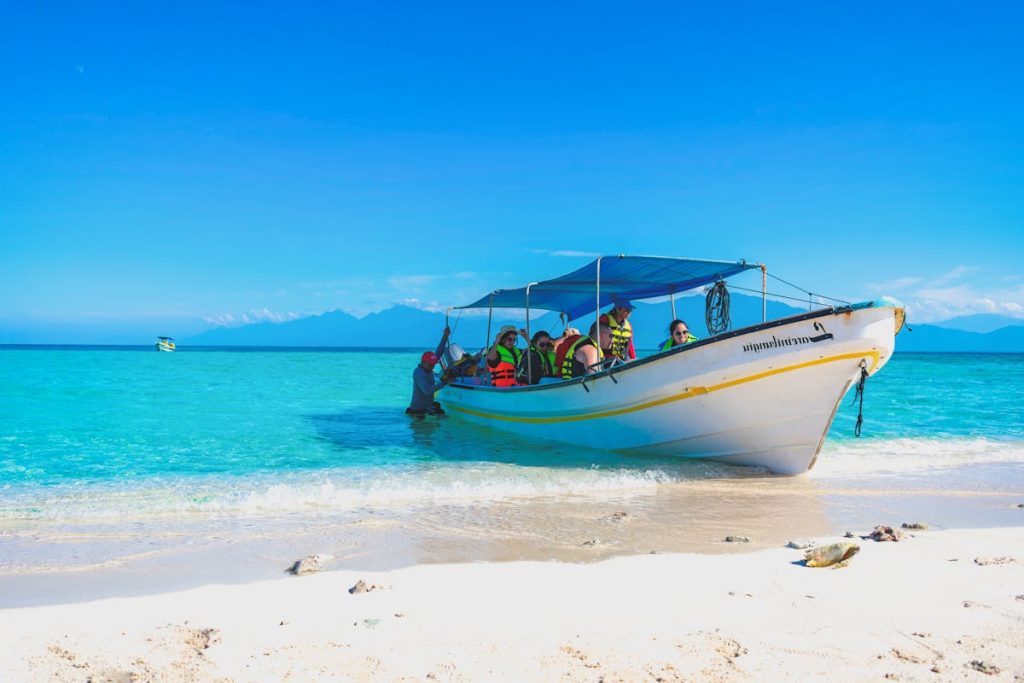
Selecting eco certified tour operators ensures your activities support conservation efforts and local communities. These companies follow responsible guidelines that limit environmental impact while protecting native species. Whether exploring the Amazon or snorkeling near Galápagos, certified guides help you experience wildlife safely. This choice keeps tourism sustainable and ecosystems intact for future generations.
Support Local Conservation Projects
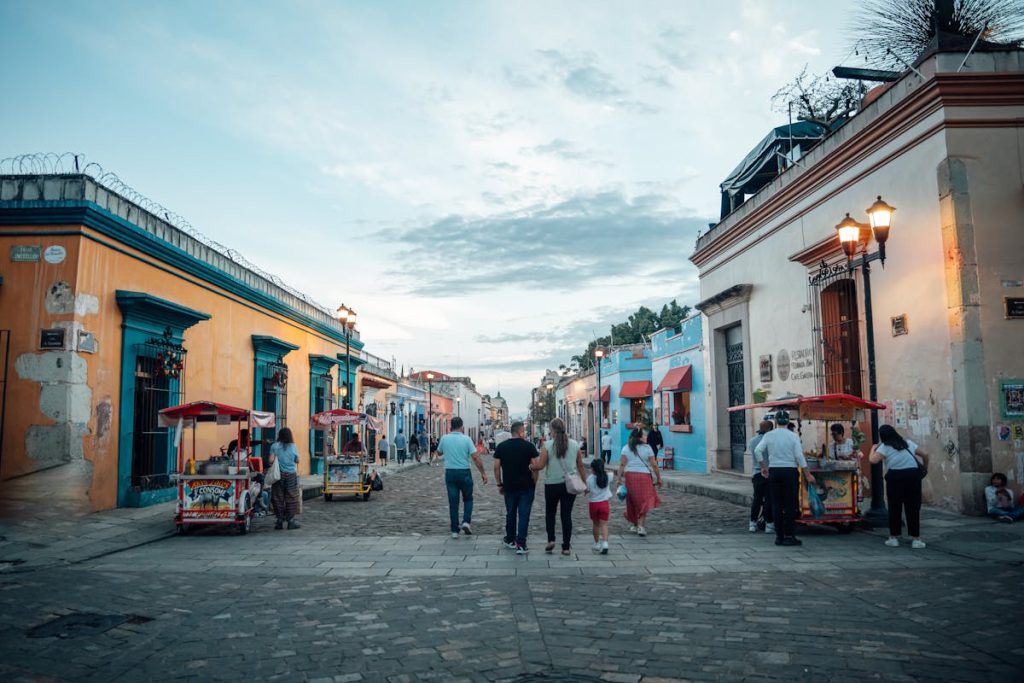
Many regions in South America rely on small conservation programs that protect endangered animals. Contributing to these organizations through donations or volunteer work helps preserve habitats and maintain biodiversity. Some projects welcome travelers for short term participation, offering educational experiences. Supporting locally led efforts ensures money goes directly toward protecting wildlife rather than commercial interests.
Avoid Animal Performances and Petting
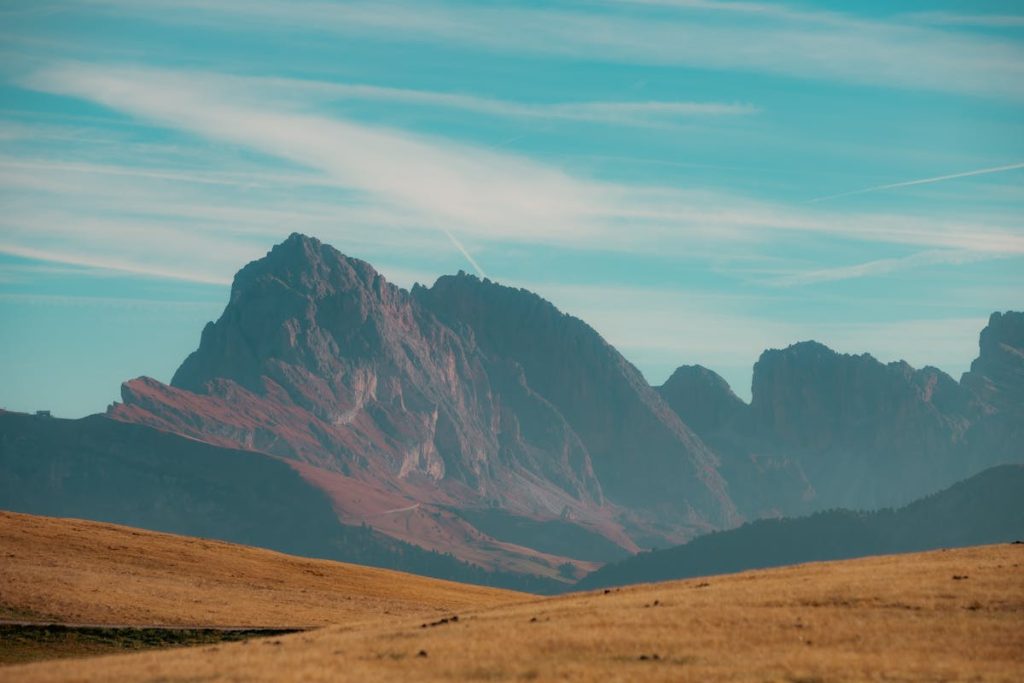
Wildlife tourism sometimes includes unethical practices like animal shows or photo sessions with captured creatures. Avoiding these experiences prevents funding exploitation and keeps wild animals where they belong in their natural environments. Instead, choose observation based excursions that respect animal space. Your decision helps promote ethical treatment and discourages harmful industries from profiting off wildlife.
Reduce Plastic and Waste
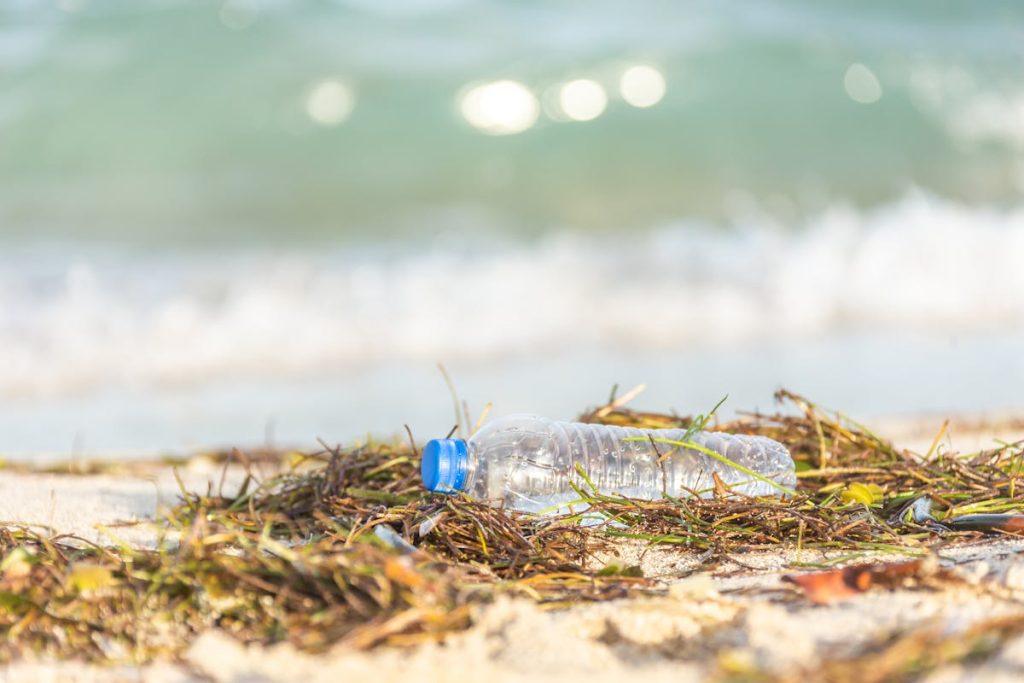
Plastic waste threatens marine and forest ecosystems across the continent. Simple steps like carrying reusable bottles, bags, and utensils reduce your footprint. Many tourist areas lack effective recycling systems, so avoiding disposable packaging matters. Responsible waste habits protect waterways, prevent injuries to animals, and keep national parks and coastlines pristine for all to enjoy.
Stay in Sustainable Lodging

Eco-lodges and green certified hotels operate with conservation in mind. These accommodations often use renewable energy, manage waste responsibly, and support reforestation programs. Staying at such places benefits both wildlife and local residents by minimizing resource consumption. Researching where your money goes can turn your stay into a meaningful contribution to sustainability.
Eat Locally and Responsibly
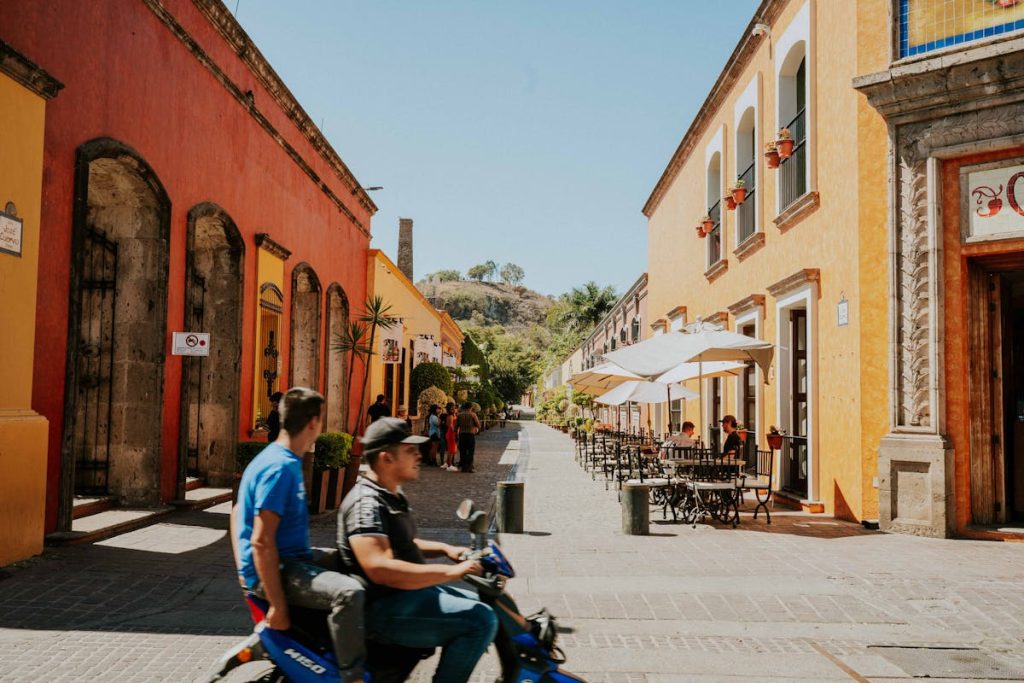
Supporting local markets and restaurants helps communities thrive while reducing carbon emissions from imported goods. Choosing sustainably sourced seafood and avoiding endangered species also make a big difference. Learning about local ingredients and traditions deepens your travel experience while ensuring natural resources remain protected for years to come.
Respect Natural Habitats
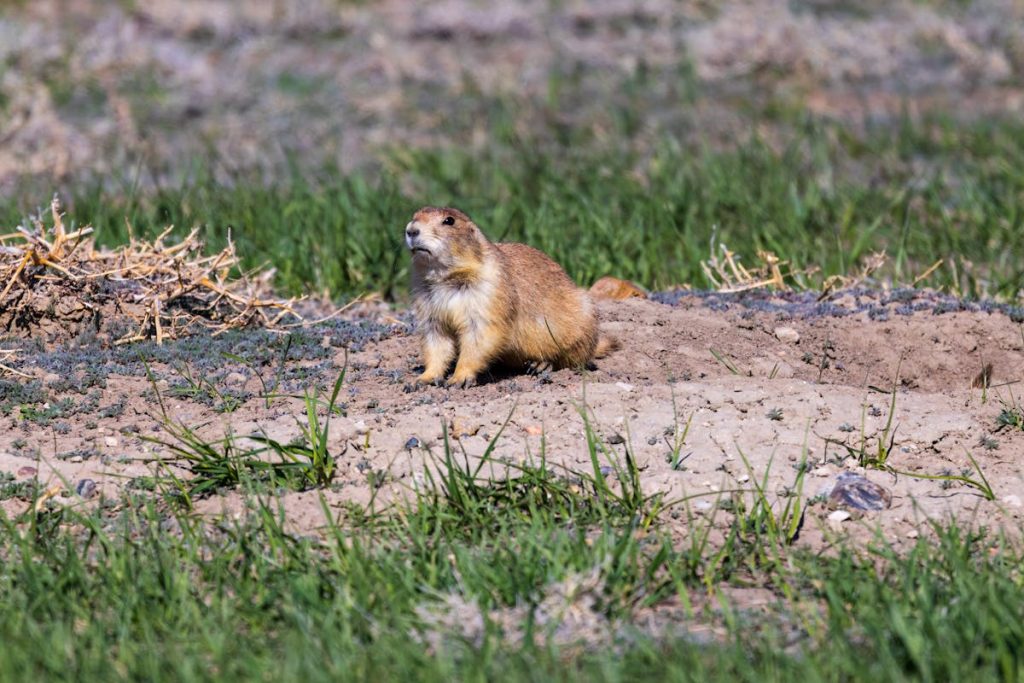
Keeping a respectful distance from animals protects both them and you. Touching, feeding, or using flash photography can disturb natural behaviors or cause stress. Staying on designated trails prevents damage to fragile vegetation. Practicing awareness of your surroundings while hiking or boating ensures ecosystems remain balanced and healthy long after your visit.
Travel with Small Groups

Large tours often overwhelm wildlife areas, leaving behind noise and waste. Choosing smaller groups allows for more personal experiences and reduces strain on habitats. Guides in small operations tend to follow ethical practices and educate travelers about environmental impact. Responsible group sizes keep sensitive ecosystems functioning naturally while improving your overall experience.
Volunteer for Reforestation Efforts
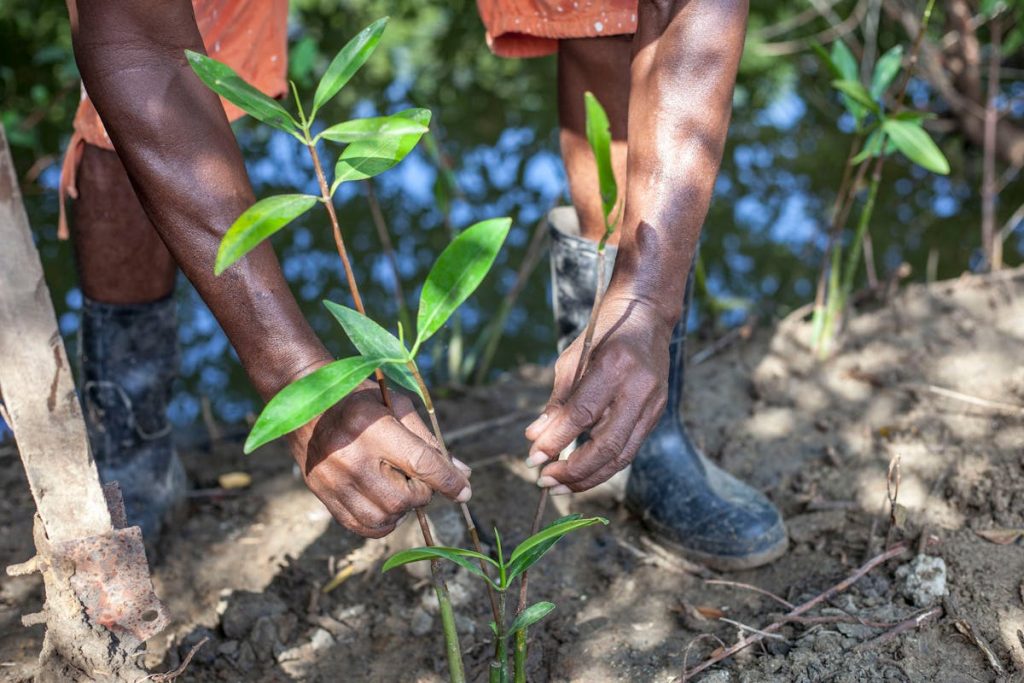
Tree planting programs in South America restore forests damaged by agriculture and mining. Volunteering for a day or two helps offset carbon emissions and create new habitats for endangered species. Many organizations offer flexible opportunities that combine education with hands on action. Joining one transforms your trip into an active contribution to the environment.
Spread Awareness After Your Trip

Your journey doesn’t end when you return home. Sharing stories, photos, and lessons about ethical travel inspires others to make responsible choices. Supporting conservation groups online or fundraising for wildlife protection extends your impact beyond the trip. Small acts of advocacy help raise global attention to the importance of preserving South America’s natural wonders.


